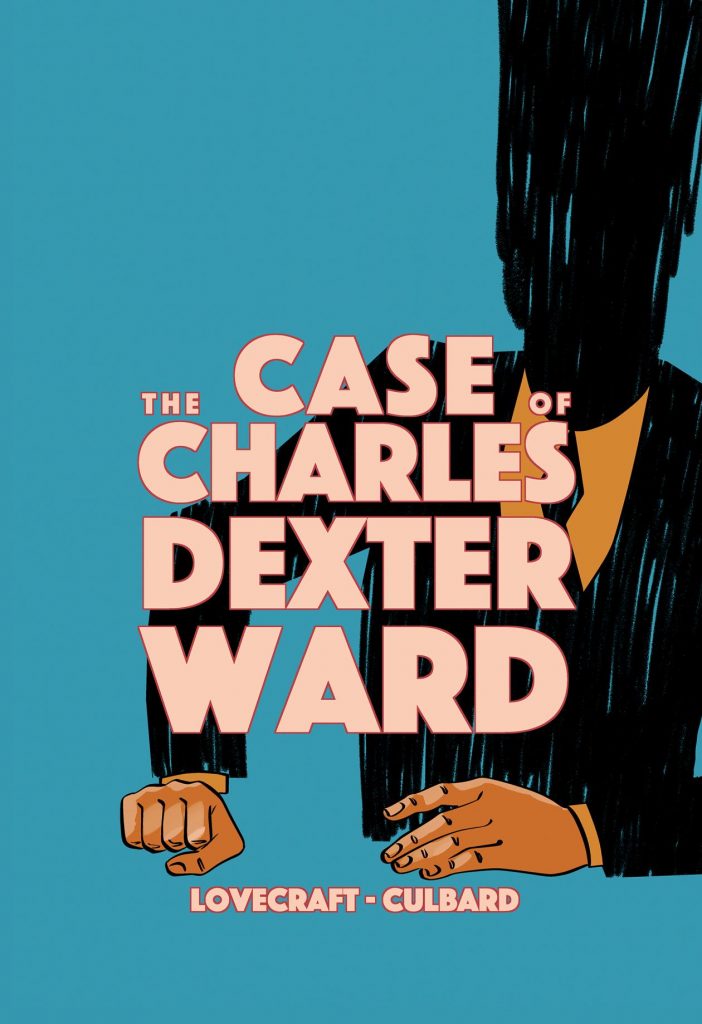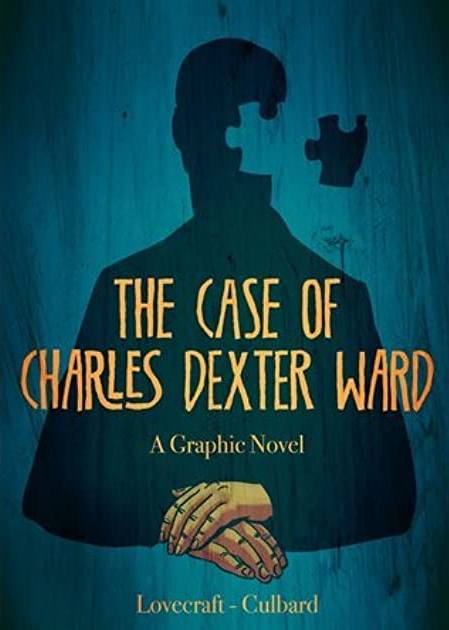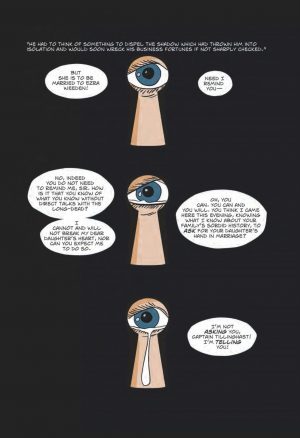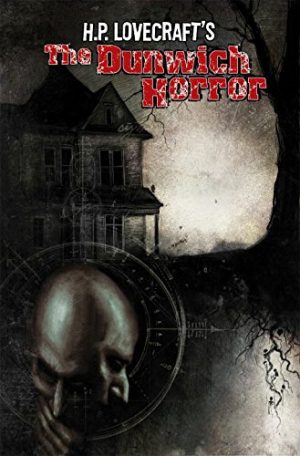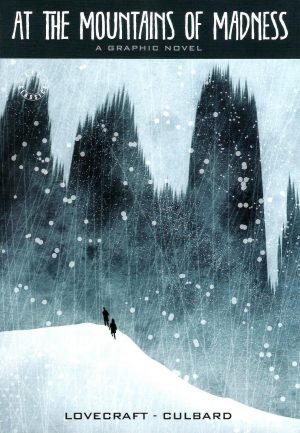Review by Ian Keogh
I. N. J. Culbard has all-but cornered the market on intelligent adaptations of old horror novels, most frequently, although not exclusively, reworking H. P. Lovecraft stories for graphic novel consumption. The Case of Charles Dexter Ward is a Lovercraft tale,
Suspense is set from the beginning as we learn Ward has escaped from captivity, from a place no-one should be able to escape from, and the last person to see him was the family doctor. Cue the flashback explaining how Ward came to be in captivity. The circumstances began when he started investigating his true family history. Lovecraft frequently used the technique of conversations between learned men (always men in his era), to whet the reader’s appetite with hints of forbidden discoveries to be made, and in this case it’s reconstituting animals from their ashes. Apparently this and other arcane experiments are mentioned in hushed tones concerning Ward’s grandfather, and the short of it is that in his time, he was considered quite disreputable. Culbard illustrates the horrendous goings-on of which the ancestor is suspected in an understated way, clearly and without any salacious lingering, preserving the half-revealed nature of Lovercraft’s stories.
Many of those have a connected mythology, mentioning what are referred to as Elder Gods, but which to our eyes are horrendous monsters raised by arcane spells. This is one of Lovecraft’s stories bearing cryptic reference to an ancient evil book named the Necronomicon, and as it continues Ward becomes obsessed with his ancestor’s activities. The hook for us is whether or not his experiments have a validity. The more that’s told, the more the circumstances of his escape from jail are revealed. Of course, we also wish to know how he ended up there in the first place.
Telling the story in snippets, incorporating newspaper articles, correspondence and the views and experiences of Ward’s parents creates an effective patchwork of hints and suggestions. They also provide a visual variety to a story requiring it, and Culbard’s character portraits have the dignity of the past, while there’s no rushing to the end, which he treats obliquely, adding a nice touch.
This is a story that’s thrilled millions, yet it’s sobering to consider Lovecraft himself cared nothing for it, discarding it. It was only posthumously published. Culbard’s adaptation is one to stand the test of time, and it’s pleasing to see it reissued as part of a series of uniformly designed horror thriller mysteries.
